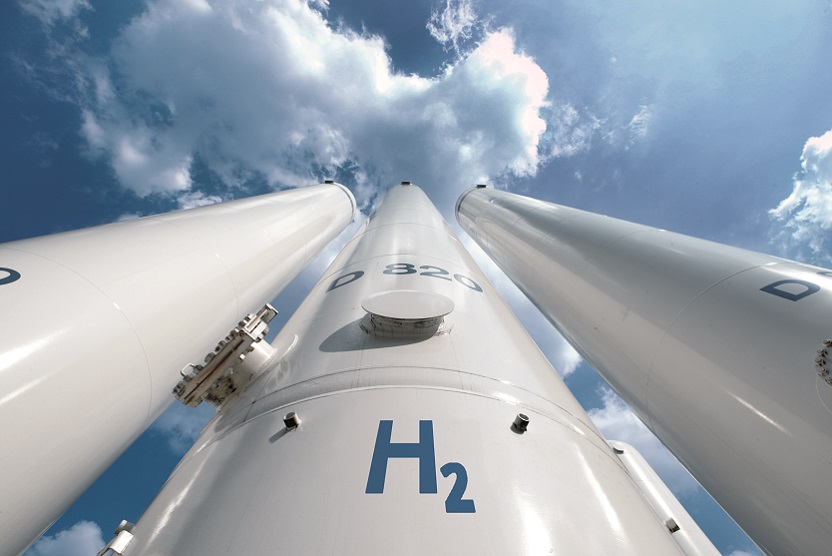A closer look: Power-to-heat
Using power-to-heat technologies, electricity is converted into heat and used to supply heat. This technological solution is applied in conventional electrical heat and in heat pumps. Many everyday household appliances such as electric kettles and hot water boilers are also based on the technological concept of power-to-heat. In addition, power-to-heat technologies are also used in commercial supplies of negative control energy, process heat and local and district heating for water heating and the operation of heating systems.
Conversely, the power-to-heat technological process can also take the form of conversion of heat to electricity, such as the use of waste heat in gas-steam power plants. In these cases, the waste heat from the gas power plant process is used to operate the steam power plant and thereby converted into electricity.



